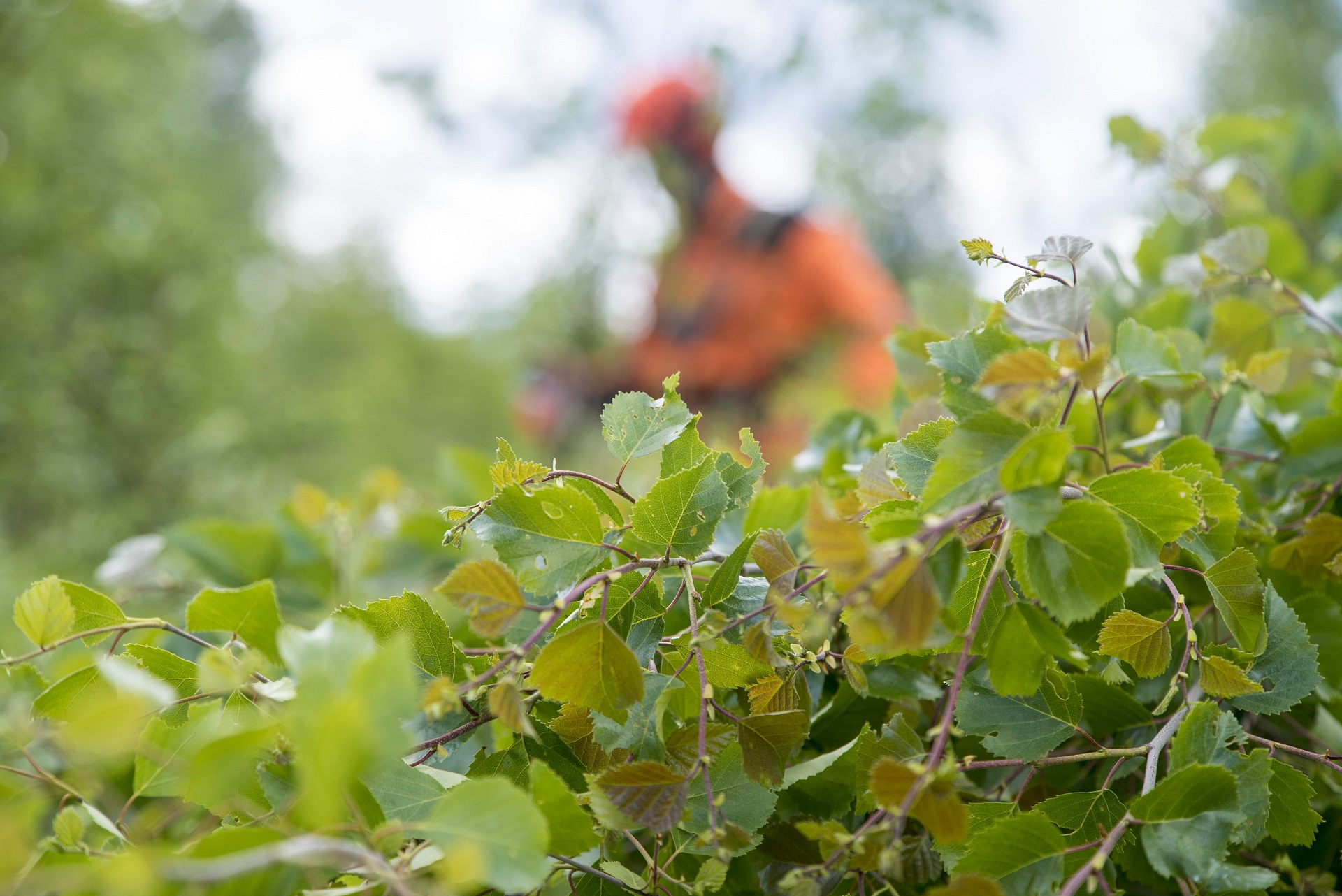UPM’s nursery has decades’ worth of experience in product development
The number of broadleaves trees will be increased by changing the guidelines for sapling stand management and forest thinning. UPM’s own nursery in Joroinen has been preparing for this change – especially the increase in silver birch sapling production – for several years. In addition to birch, the nursery has been growing a small amount oak and black alder saplings to increase the biodiversity of UPM’s forests.
The guidelines for forest thinning also play a key role, because they determine the volume of tree species allowed to grow in UPM’s forests. In the future, the guidelines will emphasise measures taken on sites with the best growing conditions for broadleaves trees. The nursery and UPM’s own forests have an important role in the development of forest management and personnel training.
More about UPM Forest

Biodiversity ensures a more secure future
A healthy and diverse forest guarantees high-quality wood raw material for wood-based products. This also improves the forest’s biodiversity and the state of forest nature.
According to Laaksonen, smart species decisions ensure a healthy foundation for future bioeconomy. Most species provide opportunities to expand the selection of wood-based products and thriving mixed forests are efficient carbon sinks, which are essential to combat against climate change.
“The environmental guidelines for forests dominated by conifers have previously emphasised the importance of small broadleaves tree populations as retention trees and deadwood, for example. Now the role of broadleaves trees has become crucial as we adapt to a future with changing natural conditions,” Laaksonen highlights.
UPM is the first forest company in the world to set itself the target of being verified for improving the state of forest nature in its own forests in Finland by 2030. Increasing the number of broadleaves trees in its forests promotes this goal.
Text: Timo Nykänen
